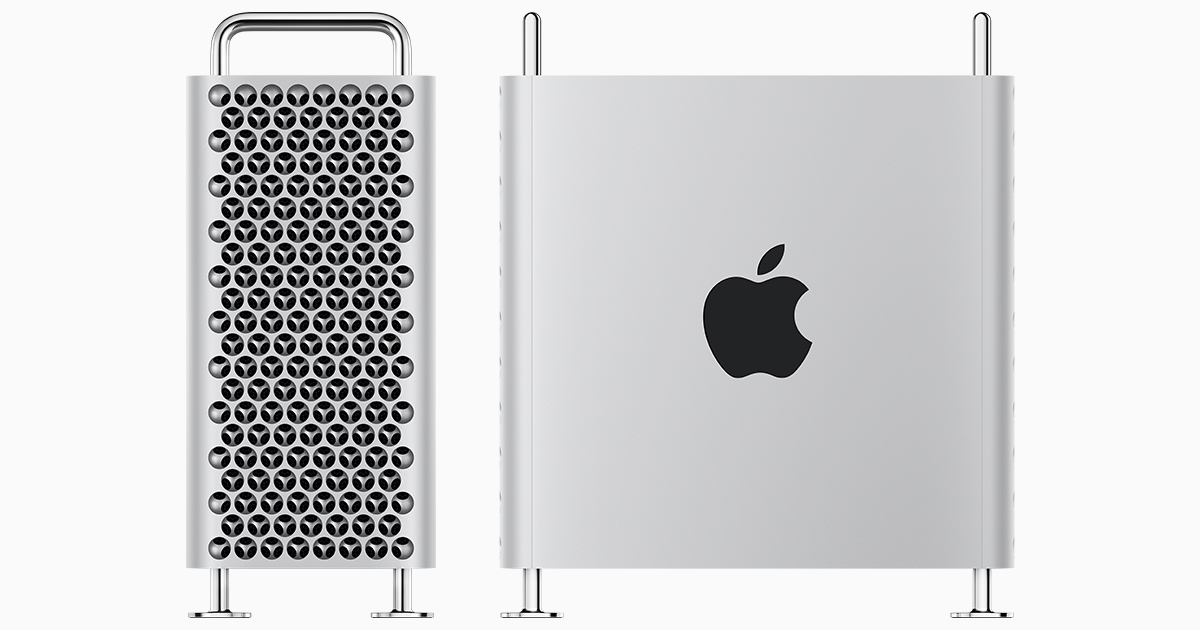Questions for the smart people and engineers here:
What are the possibilities of user-upgradeable RAM running alongside the M-chip-connected RAM? Maybe the rumor is true, but doesn’t mean there will be NO slots for expansion?
Depends upon what "alongside" is suppose to mean. close packed LPDDR5 RAM and DDR5 DIMM RAM in harmonious , homogenous "Unified Memory Pool" ? No.
DDR5 DIMM as a fixed RAM SSD pool that the file system uses as a distinctly separate pool of memory for file caching? Yes. That wouldn't be hard. Go to Activity Monitor memory tab and look at 'caches files" usage and free 80-95% of that up for app usage ( it isn't small). How APFS does file caching is almost totally transparent to applications . So if the file system move the file cache to a 'really much faster SSD" there are no real application code changes required.
There are some applications that try to use mmap and/or large explicit memory allocations to implement a RAM SSD inside their application. ( skip the file system caching and just load up vast chunks or all of several files into memory). If there was an actual real RAM SSD present perhaps modest changes could be made to those apps to use that mechanism when present.
Some folks will throw out the LPDDR5 used only as a L4 cache and the DDR5 being the RAM. I have serious doubts that will for the GPU subsystem. The vast bulk of the Apple M-series SoC's memory controller design is oriented to keeping the GPU cores feed; not the CPU cores. So techniques that Intel has tried on their CPU packages are not necessarily going to readily map over to what Apple is doing. The workload that Apple is applying to the memory system is substantively different. How many high performance GPUs out there have DIMM slots? None. There are a some foundational reasons why that is so.
There are ways to present two different types of memory to applications but that very often means making changes to applications to make that work. Special mac apps just for the Mac Pro are not a solid foundation to drive Mac Pro adoption. People are expecting the same apps to just work 'better' when handed more memory.
Also, what’s the reliability rate been like so far with the M chip RAM vs RAM that can be easily swapped if it goes bad? Anyone know?
If you don't measure how can you improve it? Non ECC RAM doesn't even check for errors. If not even counting how can you get into a "more/less" discussion?
If trying to store a ginormous truckload of data solely in RAM ( > 128GB) then probably be more worried that you can't even count the errors or not. Again why a RAM SSD that has effectively internal mechanism to check for bit rot errors would be more than helpful. APFS isn't going to do it. It punts user data integrity checking back to the SDD ( or HDD). If going to do that then be consistent and do that on the RAM SSD also.
RAM effectively fails due to data corruption typically at a higher rate that the electronics "spontanously combust" and fail to work at all.




